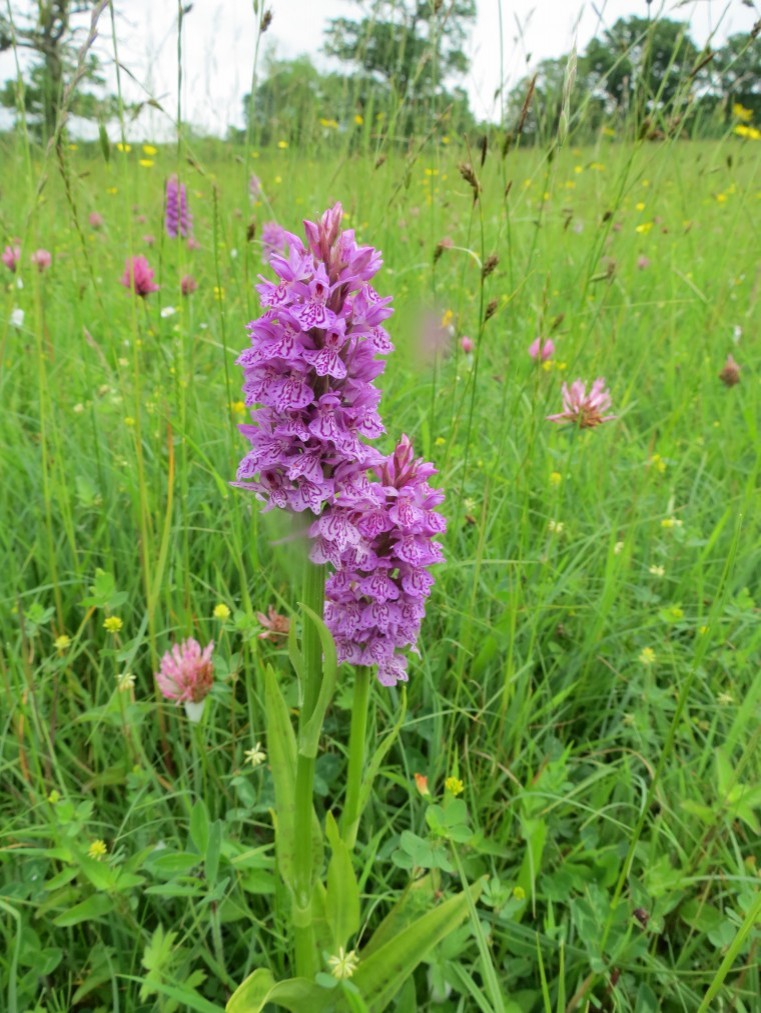Countryside stewardship (CS) started off life as the new environmental land management scheme, but that title has been ditched in favour of something snappier and older after a previous scheme with the same name.
CS – which is part of the new common agricultural policy – will be open to all eligible farmers, land managers, land owners and tenants and will replace environmental stewardship (ES), the English woodland grant scheme (EWGS) and capital grants from the catchment sensitive farming (CSF) programme. Farmers and land managers should be able start applying for CS from July 2015. Agreements and payments will begin in 2016. Water capital grants and woodland creation grants should be available at the start of 2015. Natural England, the Forestry Commission and the Rural Payments Agency will be in charge of the scheme.
The main priority for countryside stewardship is biodiversity and water quality but the scheme will also help to improve flood management, the historic environment, landscape character, genetic conservation, educational access and climate change adaptation and mitigation.
It will be more targeted and focused than previous schemes. Both higher and mid tier agreements will use the same targeted approach as current higher level stewardship agreements. “This will encourage applicants to enter into agreements which deliver the right environmental management in the correct combinations and in the right places,” said Natural England. “It will also make sure countryside stewardship is good value for taxpayers’ money.
“Together with ongoing ES and EWGS agreements, CS will be the main way of helping farmers and land managers deliver against a wide range of local, national and international environmental commitments.”
The new scheme will help:
- wildlife and nature by restoring habitats, protecting hedges, providing food and nesting resources for birds, insects and other animals, and creating farmed areas for rare flowering plants;
- pollinators by providing pollen and nectar sources and nesting places. Farmers will be able to provide the right resources for pollinators where they are most needed;
- forestry by funding the planting of new trees and supporting the management of woodlands; and
- water/flooding by making water cleaner and reducing risk of flooding by supporting changes to farming practice (such as crop management), improving farm infrastructure and creating woodland.
Where possible, the scheme will offer the best opportunities to achieve benefits for biodiversity, water quality and flood management together.
Those who already have an ES agreement which runs into 2015 or beyond will carry this on until it ends. Similar arrangements apply to EWGS agreements, though these might have to change when the new regulations come into force. Land transfers and amendments under ES in 2015 will follow a similar process to that in 2014.
Details of payments rates and the higher, mid and lower tiers in CS are available on the gov.uk website by searching for ‘CAP reform: introducing countryside stewardship.’




